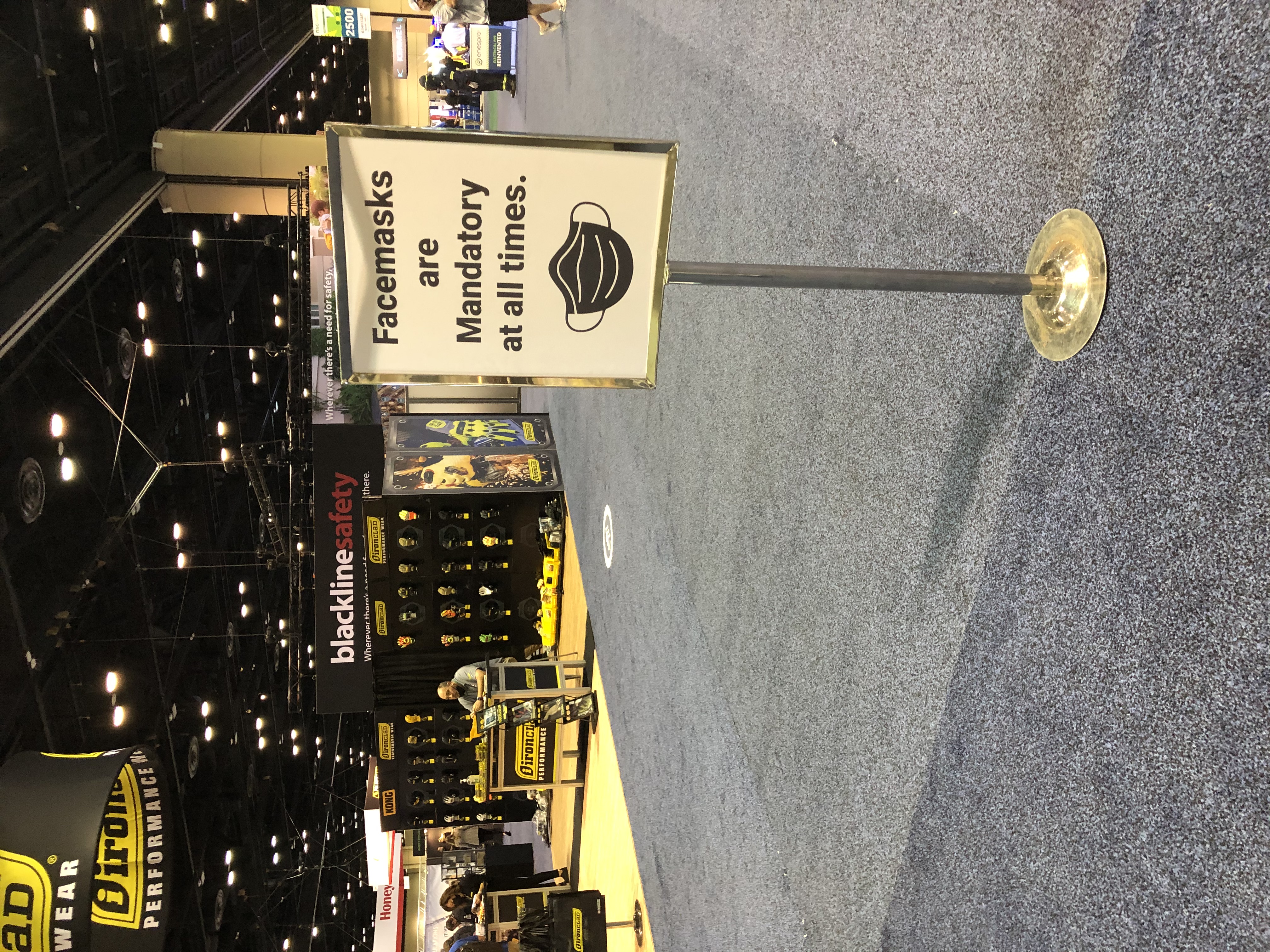An unlikely source — a Princeton grad with a degree in aerospace engineering and an MBA from Cal Berkeley – in an unlikely workspace (a cramped submersible vehicle the size of a minivan) has done more to promote the mission of safety than anyone since President Nixon signed the Occupational Safety and Health Act in 1970, creating OSHA.
Stockton Rush, 61, CEO of OceanGate, accomplished this by a) trashing safety in words that will live in infamy, calling it “just pure waste;” and b) dying along with four others in a violent implosion of his submersible “Titan” deep in the Atlantic Ocean while trying to reach the remains of the RMS Titanic this June.
At safety meetings with employees at worksites across the U.S. and around the world, safety managers will read aloud Mr. Rush’s infamous statement made in 2022:
“You know, there’s a limit. At some point safety is just pure waste. I mean, if you just want to be safe, don’t get out of bed, don’t get in your car, don’t do anything.”
Safety managers might stop there, omitting Mr. Rush reality-based words about risk: “At some point, you’re going to take some risk, and it really is a risk-reward question.” Many an employee nods along with this thinking. He and she have been there, made that calculation. “Should I skip lockout-tagout so I can get home and watch my son’s ballgame?” “I’m not taking the time to put on that fall protection gear; I’m just making a quick trip to the roof to get some tools.”
But safety managers who have done their research might use another quote from Mr. Stockton:
“I think it was General MacArthur who said you’re remembered for the rules you break. And I’ve broken some rules.”
That’s not the full quote. It’s the “see I told you so” part, but Mr. Rush went on to say, “I think I’ve broken them with logic and good engineering behind me.”
Scorn for safety. Breaking rules. Look where it got him, they’ll say at safety meetings.
Typical reaction
The submersibles industry has never, until now, experienced fatalities at this depth and never experienced implosions, in which the hull cracks under intense deep sea pressure and collapses inward on the cabin, according to experts. The reaction has been all too typical. Can’t let this happen again. We need regs. Need oversight. Need an investigation, or several. Always after the catastrophe.
This tragedy contains all the components of a classic workplace safety disaster: signs of cutting corners; concerns by expert outsiders of unnecessary risks; a whistleblowing employee fired after raising concerns; an out-of-court settlement; another employee with similar concerns; a defensive CEO refusing to answer questions about safety during all-staff meetings; the perception of putting dollars before safety — tourists on the Titan paid $250,000 per seat.
Now for the rest of the story
This just in — thousands of business owners across the country would agree, under their breath, that yeah, safety is a waste. A waste of money. They don’t have a full-time safety officer on staff. They don’t have a written safety program. They don’t train employees in safety. Don’t buy PPE. Don’t worry about blocked exits. Roll the dice and believe OSHA will never come knocking.
Call Mr. Rush arrogant, irresponsible, an elitist, a braggart. But he only said in the podcast interview with CBS News what too many business operators think. “Ah, accidents will happen. If only the damn workers paid attention. I’m barely getting by. Money for compliance? OSHA won’t find me.”
Approximately 132,000 safety professionals work night and day to protect workers. But there are 6.1 million businesses in the U.S. That’s a huge gap. Ninety-eight percent of businesses employ less than 100 workers, and rare is the full-time safety pro toiling in those workplaces. To be sure, not every business, especially small businesses, will take advantage of scant coverage by professionals and OSHA (32,000 inspections in 2022). But too many gamble with lives every day.
Mr. Rush handed the safety profession a bit of truth to use. “Safety First” is not the truth and workers know it. “Safety is a waste” is absolutely wrong-headed thinking, but it is a reality with the anti-regs, anti-OSHA, accidents-will-happen crowd. Mr. Rush’s perverse attitude can and obviously does have terrible consequences. That’s what’s being talked about in safety meetings everywhere right now. “Think safety is a waste? Just you wait.”
More than 50 years after OSHA gave safety national visibility it never had before, far too many businesses put safety in the waste bin and hope nothing blows up. Not all risk-takers are zealous adventurers.




